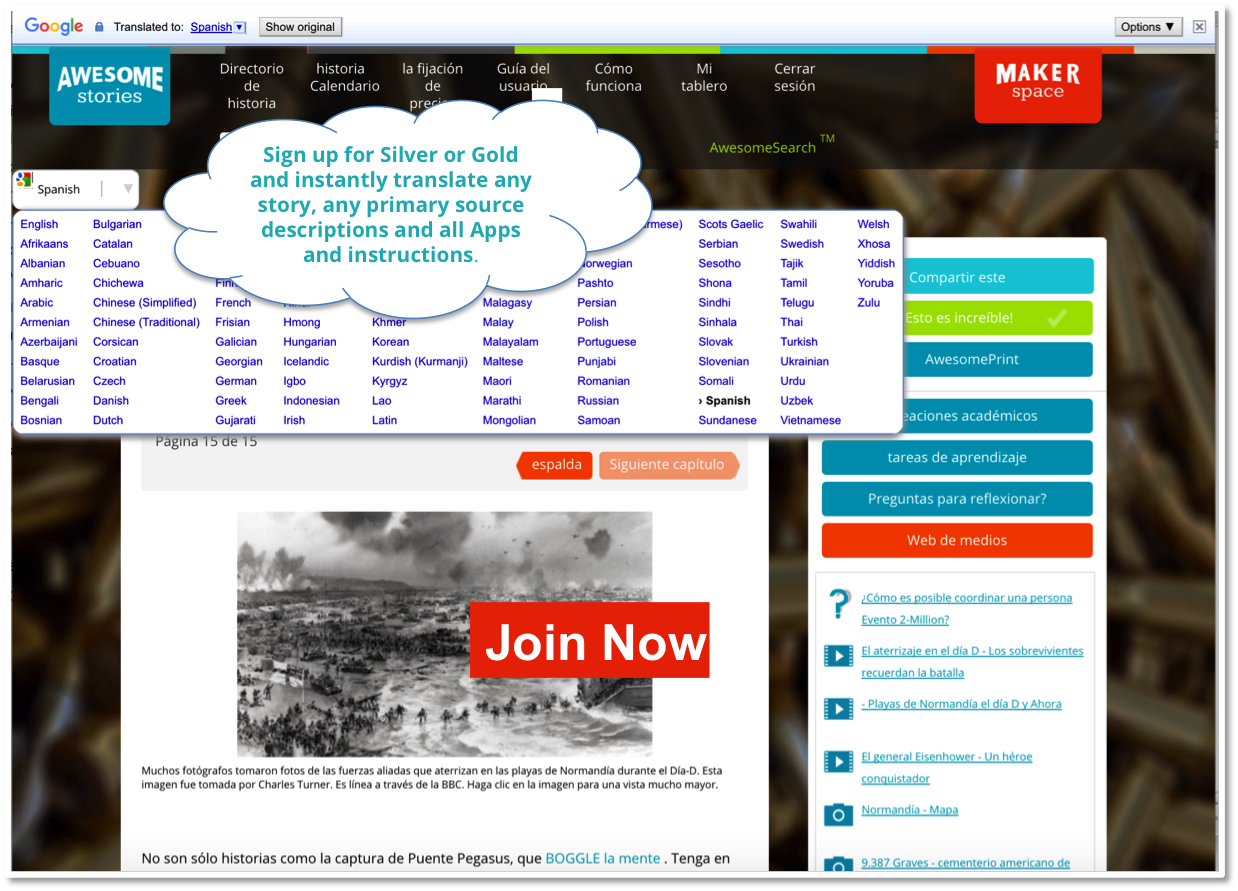A restored P-51 "Red Tail" in flight, flown by a member of the "Red Tail Project." Photo by Max Haynes, online via Wikimedia Commons. Image license: CC BY-SA 3.0
...we have overcome
that which was much worse than racial barrier.
We have overcome
the barriers within ourselves and dared to dream.Lt. William J. Powell
Black Wings, 1934
No one expected Eleanor Roosevelt - America's First Lady - to get into a small plane with an African-American pilot. Such events didn't happen in the early spring of 1941.
Mrs. Roosevelt, however, had a mind of her own. She understood the concerns of her staff personnel and bodyguards, but she disagreed with their conclusions.
How did they know it would be unsafe for her to fly with a black man? White people - who wrote military reports adopted by the government - believed that African-Americans were unqualified to fly military planes, but what was the source of that belief?
When Charles Anderson - known as the "Chief" because he had so much flying experience - invited the President's wife to fly with him, she agreed. On (or about) the 29th of March, 1941, she stepped into the Chief's plane and changed history.
Soon after, while visiting Greensboro, Mrs. Roosevelt wrote about her flight with Anderson. Her "My Day" column - for the 1st of April, 1941 - says:
...These boys are good pilots. I had the fun of going up in one of the tiny training planes with the head instructor, and seeing this interesting countryside from the air.
The days at Tuskegee have given me much to think about.
Eleanor's days at Tuskegee also gave the President "much to think about." As the result of that thinking, a new opportunity - referred to, by the federal government, as an "experiment" - began for black pilots who would someday be known as "Red Tails."


 First Chapter
First Chapter






